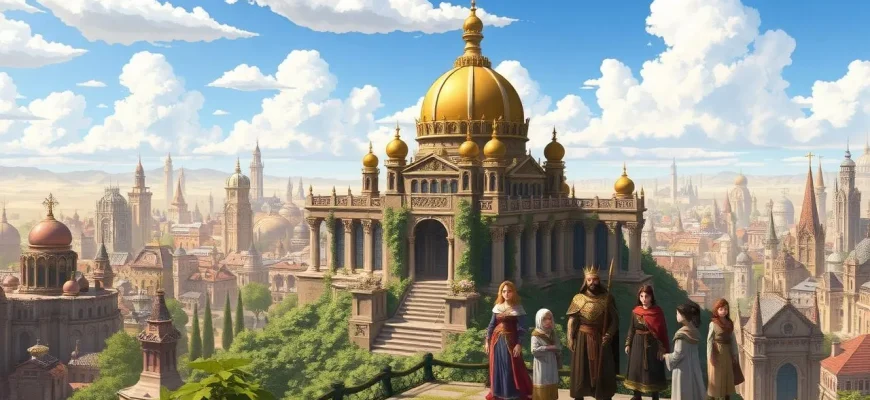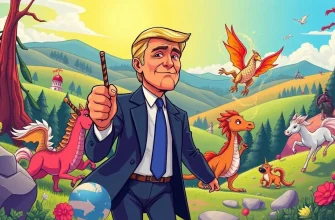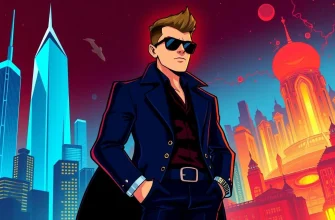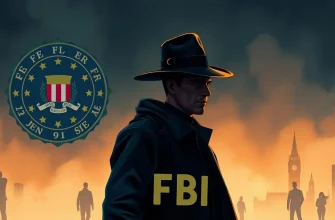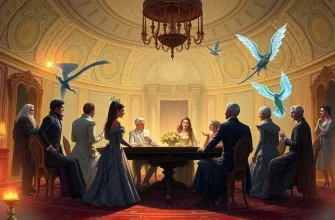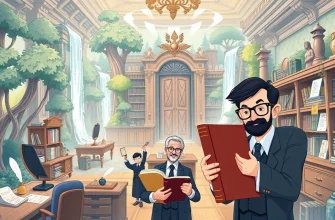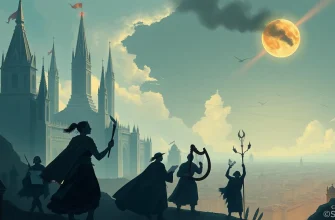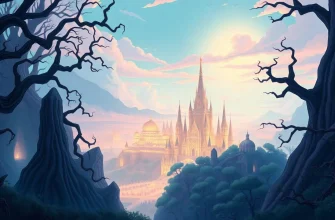- Dune (1984)
- The NeverEnding Story (1984)
- The Princess Bride (1987)
- Willow (1988)
- The Lord of the Rings: The Fellowship of the Ring (2001)
- Star Wars: Episode I - The Phantom Menace (1999)
- The Emperor's New Groove (2000)
- The Chronicles of Narnia: The Lion, the Witch and the Wardrobe (2005)
- The Hobbit: The Desolation of Smaug (2013)
- The Dark Crystal (1982)
Fancy a journey through realms where empires are forged with magic, swords, and sorcery? This curated list of fantasy films about empires will transport you to worlds where power struggles, epic battles, and mystical forces intertwine. Whether you're a fan of grand narratives, intricate political machinations, or simply love a good old-fashioned magical showdown, these films offer a rich tapestry of storytelling that's sure to captivate your imagination.
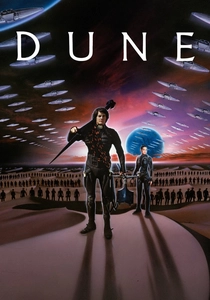
Dune (1984)
Description: Set on the desert planet Arrakis, this film delves into the politics of the galaxy-spanning empire of House Atreides and their struggle against the Harkonnens. The spice, a substance vital to space travel, is the empire's most valuable resource.
Fact: The film's director, David Lynch, was given complete creative control, leading to a unique and visually striking adaptation of Frank Herbert's novel. The film's production was plagued with challenges, including budget overruns and creative differences.
 Watch Now
Watch Now
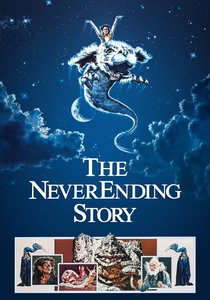
The NeverEnding Story (1984)
Description: This film explores the fantastical empire of Fantasia, which is slowly being consumed by The Nothing. The quest to save this empire involves a young boy reading a magical book and becoming part of the story.
Fact: The film's iconic theme song was performed by Limahl, and the film itself was a massive hit in Europe before gaining a cult following worldwide.
 Watch Now
Watch Now
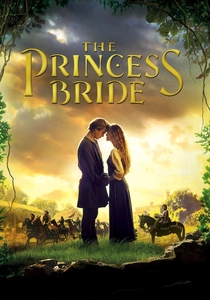
The Princess Bride (1987)
Description: While more of a fairy tale, the film features the Florin empire, where political intrigue and a quest for true love intertwine. The story's backdrop of an empire adds depth to the narrative.
Fact: The film was initially considered a box office disappointment but has since become a beloved cult classic. It was adapted from William Goldman's novel of the same name.
 Watch Now
Watch Now
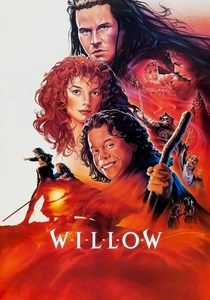
Willow (1988)
Description: This film tells the tale of a farmer turned sorcerer in a world where an evil queen seeks to maintain her empire through dark magic. The journey of Willow Ufgood to save a baby destined to overthrow the queen is filled with fantasy elements and empire-building themes.
Fact: George Lucas wrote the story, and it was initially intended as a sequel to "The Dark Crystal." The film's special effects were groundbreaking for its time, especially the morphing of the two-headed dragon.
 Watch Now
Watch Now

The Lord of the Rings: The Fellowship of the Ring (2001)
Description: This film introduces us to the vast empire of Middle-earth, where the fate of the world hangs in the balance as a fellowship of heroes set out to destroy the One Ring. The empire of Gondor, with its rich history and looming threat from Mordor, is central to the narrative.
Fact: The film was shot simultaneously with its sequels to maintain continuity. The New Zealand landscape was used to portray Middle-earth, giving the empire a tangible, breathtaking presence.
 Watch Now
Watch Now

Star Wars: Episode I - The Phantom Menace (1999)
Description: Set in the Galactic Republic, this film explores the political intrigue and the rise of the Sith, laying the groundwork for the eventual fall of the Republic and the rise of the Empire. The film showcases the grandeur of the Galactic Senate and the Jedi Order.
Fact: The film introduced the concept of midi-chlorians, which are microscopic life forms that connect the Force to all living things. It was also the first Star Wars film to be released after the original trilogy.
 Watch Now
Watch Now

The Emperor's New Groove (2000)
Description: A comedic take on empire, this animated film follows Emperor Kuzco, who learns humility after being turned into a llama. It's a light-hearted look at the responsibilities and follies of ruling an empire.
Fact: The film was originally conceived as a more serious musical drama titled "Kingdom of the Sun," but was revamped into a comedy during production. It was one of the first Disney animated films to feature a non-musical storyline.
 Watch Now
Watch Now
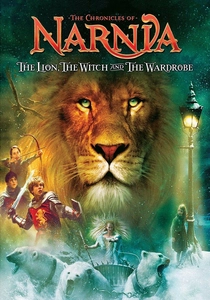
The Chronicles of Narnia: The Lion, the Witch and the Wardrobe (2005)
Description: Narnia, ruled by the White Witch, represents an empire in turmoil, where children from our world become key players in the battle for its liberation. The film captures the essence of an empire under a tyrannical rule, yearning for freedom.
Fact: The film's production was so large that it required the construction of a 100,000 square foot set for Narnia. The White Witch's castle was inspired by the architecture of the Kremlin.
 Watch Now
Watch Now

The Hobbit: The Desolation of Smaug (2013)
Description: While not directly about an empire, this film explores the remnants of the once-great dwarven empire of Erebor, now under the control of the dragon Smaug. The quest to reclaim the mountain kingdom is central to the plot.
Fact: The film used motion capture technology to bring Smaug to life, with Benedict Cumberbatch providing both the voice and the physical performance for the dragon.
 Watch Now
Watch Now

The Dark Crystal (1982)
Description: In a world where the Skeksis rule with an iron fist, this film explores the remnants of an ancient empire and the quest to restore balance to the world. The film's intricate world-building showcases the rise and fall of empires.
Fact: The film was a pioneering effort in puppetry and animatronics, with Jim Henson and Frank Oz creating a fully realized fantasy world. It took over five years to complete.
 30 Days Free
30 Days Free

